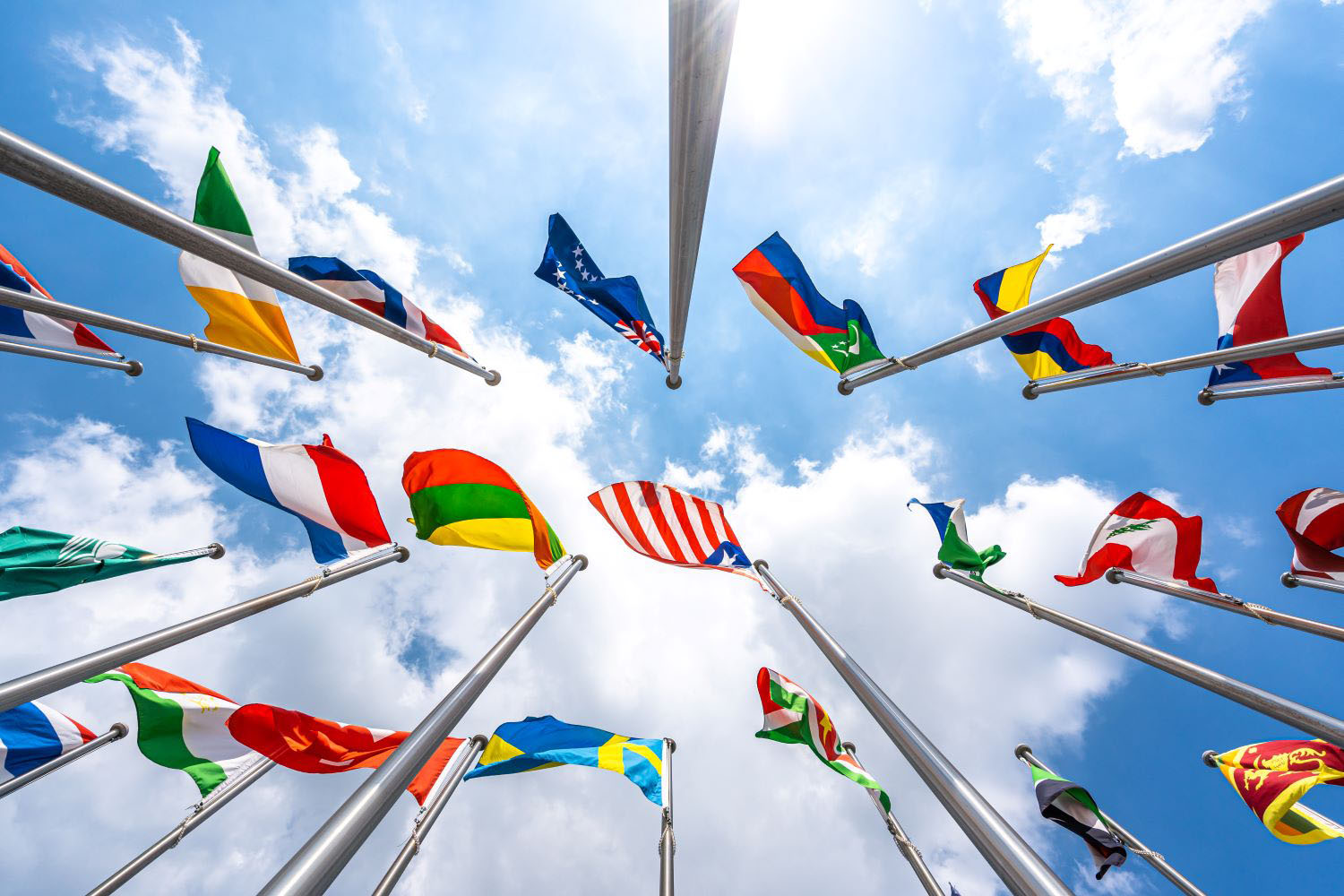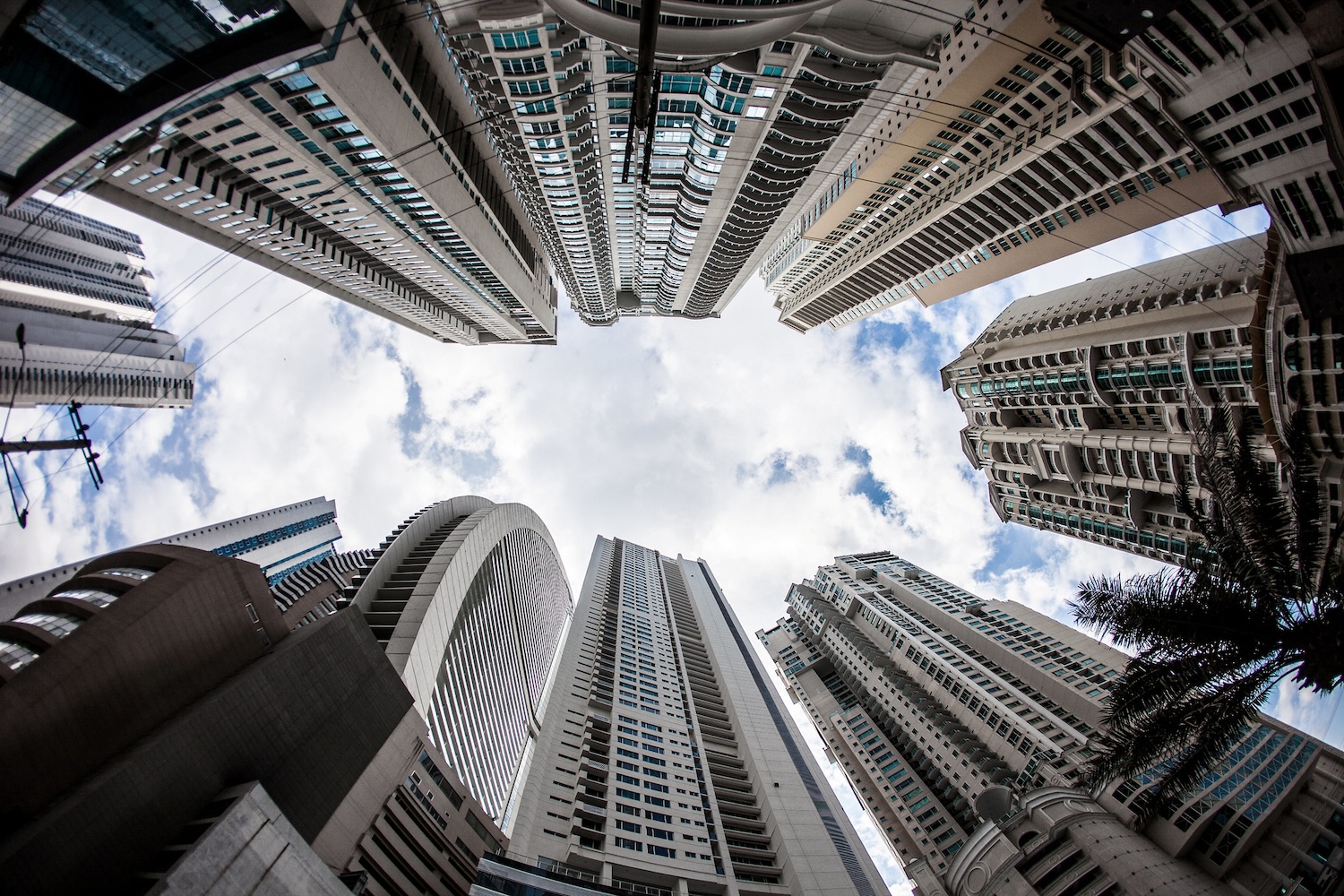Following last week’s dramatic joint announcement out of Washington and Havana, many doors are likely to open for Cuba. One priority for the Cuban government should be membership in the multilateral development banks (MDBs).
For decades, this possibility was firmly off the table. The Castro regime rejected the World Bank and Inter-American Development Bank (IDB), and even if it had sought membership and assistance from the MDBs, the United States would have used its position as the largest shareholder in the banks to block Cuba’s request.
That’s different now, and there’s a great deal that the MDBs could do to improve the lives of the Cuban people who have suffered under misguided economic policies for years. A crumbling infrastructure and an anemic private sector point to areas of robust engagement for the IDB and World Bank. And while many of Cuba’s social indicators look pretty good, the country will need support in sustaining a social safety net and protecting health and education gains during a period of economic reform.
The Castro regime signed but never ratified the 1959 agreement establishing the IDB and therefore has never had membership status. Under the bank’s rules, membership in the IDB requires prior membership in the OAS, a process that began for Cuba in 2009.
Similarly, Cuba withdrew its membership from the World Bank in 1960. In both cases, establishing membership will require some de minimus shareholding being made available to Cuba and the country’s willingness to purchase those shares. Of course, these actions will require the support of the United States, something that is implied by last week’s normalization of relations, though not stated explicitly.
The Cuban government already signaled some interest in entering the club of MDB borrowers, well before last week’s announcement. After 30 years of disengagement with the International Fund for Agricultural Development (another development institution in which the US is a leading member), efforts began a few years ago to re-launch an agricultural investment program in Cuba.
Cuba’s path to borrowing from the MDBs is actually easier than it has been for other isolated regimes. For example, Myanmar’s reengagement with the World Bank and Asian Development Bank depended on a complicated “arrears clearance” process to address prior loans on which the country had defaulted decades ago. Cuba has no defaulted MDB debt.
The country’s per capita income of about $6,000 would put it squarely in the ranks of the MDBs’ middle income borrowers, and borrowing for infrastructure projects would certainly make Cuba look like a typical MDB client country.
But the country’s unique task in transitioning away from a centrally-planned system poses a particular challenge for the MDBs, suggesting that perhaps the World Bank and IDB could take some cues from the EBRD’s experience in Eastern Europe after the collapse of the Soviet regime.
Politically, it would make sense for the IDB to play the lead role in engaging with Cuba, with much stronger regional representation than is found in the World Bank’s global governance model. An economic reform agenda stands a better chance if it is viewed as coming from the region rather than imposed from outside the region. Of course, in either case the United States will play an important role.
Ultimately, the ability of the MDBs to assist in economic reform in Cuba fundamentally depends on a reform-minded regime. And that picture remains far from clear at this point. As the situation in Myanmar and countless other countries has shown, the story is rarely one of a dramatic turning point followed by unflagging progress forward. The MDBs are accustomed to bumpy relationships, with a mix of setbacks and hard won steps forward.
But for the United States in particular, at an historic moment of strategic shift in the Cuba relationship, is it better to have institutions like the World Bank and IDB engaged in the country or waiting on the side lines for more evidence of positive change?
CGD blog posts reflect the views of the authors, drawing on prior research and experience in their areas of expertise.
CGD is a nonpartisan, independent organization and does not take institutional positions.





